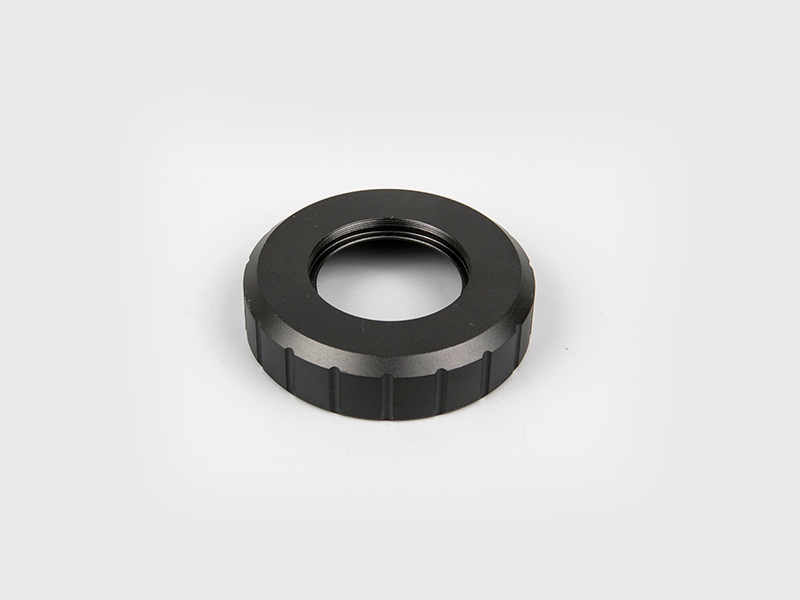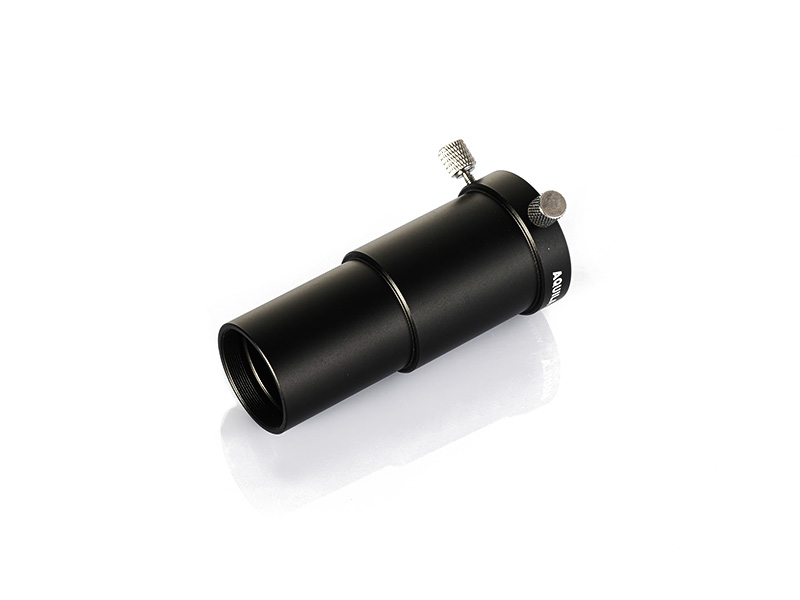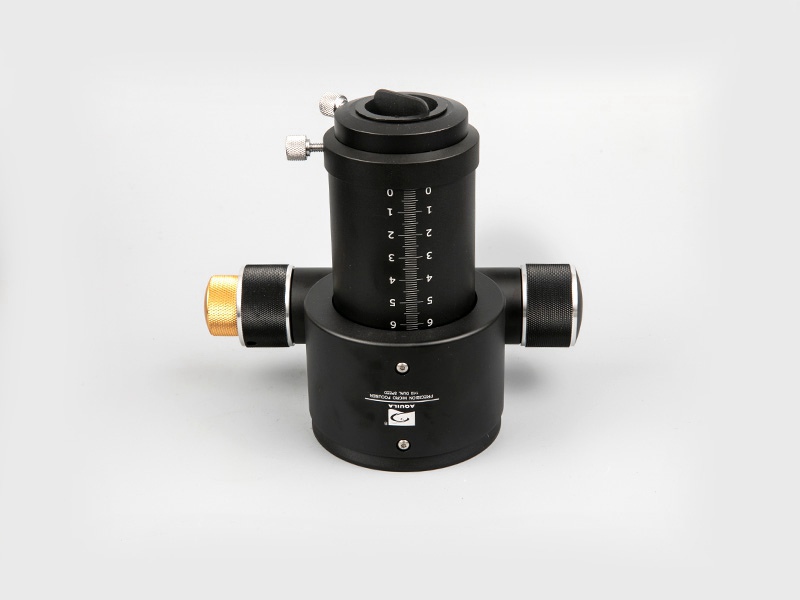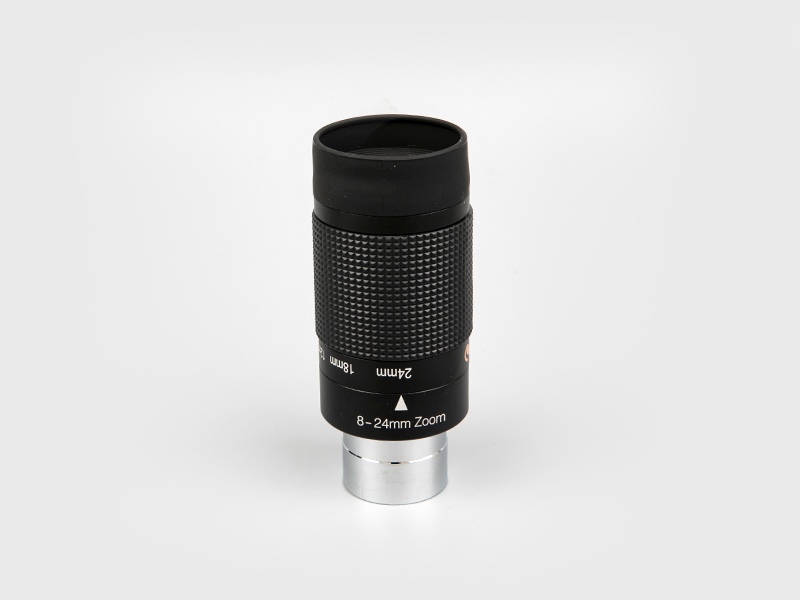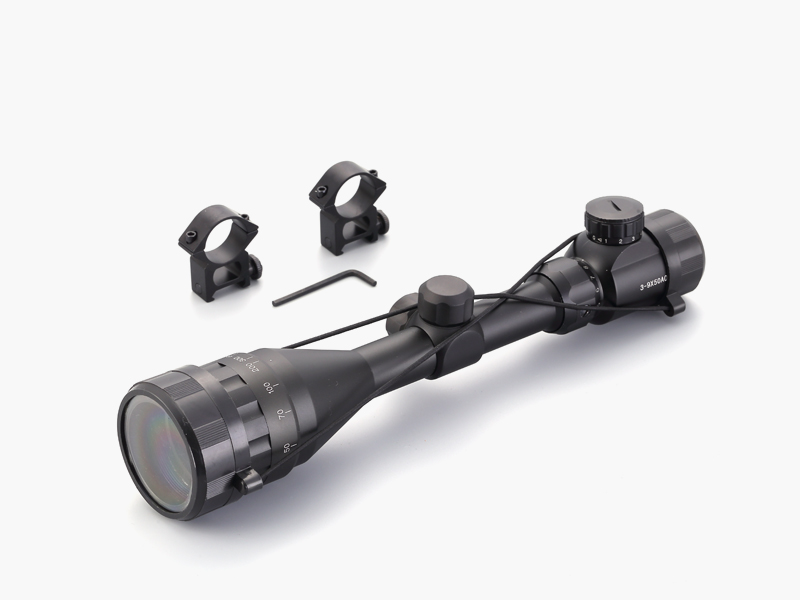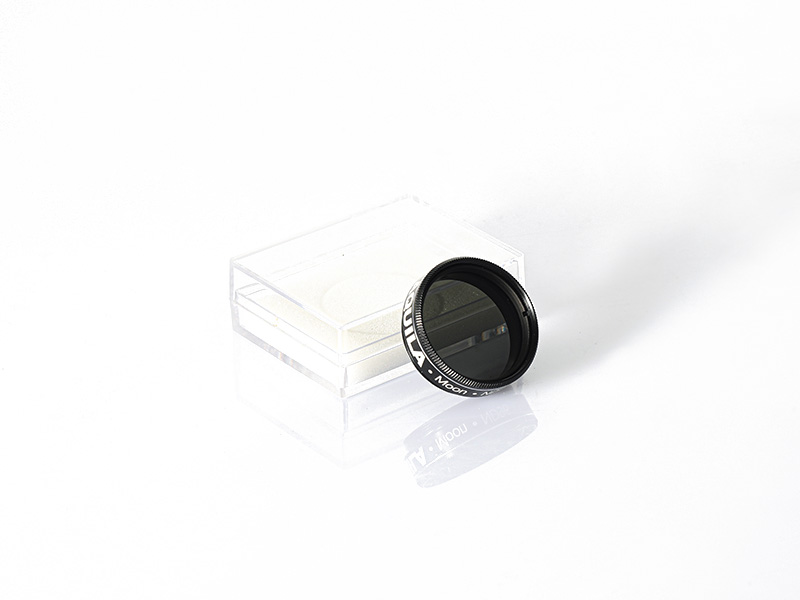The eyepiece is not corrected for aberration, or only partially corrected for spherical aberration, there is still a certain degree of aberration and distortion. The magnification generally does not exceed 15 times, which is suitable for use with medium and low magnification objective lenses for observation or photography.
2. Leisden eyepiece: It consists of two plano-convex lenses, whose main focus is outside the lower lens (field lens), so it is called a positive lens. The Leisden eyepiece has good correction of field curvature and distortion, and the spherical aberration is also small, but the magnification chromatic aberration is worse than that of the Faugan eyepiece. In addition to observation and photography, it can also be used for magnification.
3. Compensation eyepieces: Plan achromatic objectives, plan semi-apochromatic objectives, plan apochromat objectives with vertical chromatic aberration of 1.5%~2%, etc., all belong to objectives with insufficient vertical chromatic aberration correction. These objectives need to be used in conjunction with eyepieces with over-corrected vertical chromatic aberration, so this type of eyepiece is called a compensation eyepiece. The compensation eyepiece has the characteristic of over-correcting the magnification chromatic aberration to compensate for the residual chromatic aberration of apochromatic and semi-apochromatic objectives.
Since the compensation eyepiece has a certain amount of vertical chromatic aberration and its high magnification (up to 30 times), it is not suitable for use with ordinary achromatic objectives, but should be used with apochromatic objectives or semi-apochromatic objectives to offset these objectives The residual chromatic aberration. Cannot be used with achromatic objective lens, because there is "too positive", which will cause negative chromatic aberration in the image.
4. Micrometer eyepiece: Add a piece of scaled glass sheet to the eyepiece for quantitative measurement or measurement of microindentation length. According to the measurement purpose, the scale can be designed on a straight line, a cross line, a square grid, a concentric circle or other geometric figures.
5. Photography eyepiece: This eyepiece is specially used for photography or short-distance projection and cannot be used for microscopic observation or magnification alone. The aberration correction is basically the same as the compensation eyepiece, and it should be used with a flat apochromatic objective lens or a semi-apochromatic objective lens to have a sufficiently flat image under the specified magnification.
6. Wide-angle eyepiece: The general eyepiece field of view angle is about 30°. Wide-angle eyepieces refer to plan eyepieces with a field of view above 50° and a magnification of 12.5 times or more, and plan eyepieces with a field of view above 40° and a magnification of 10 times or less.


 English
English 日本語
日本語 Deutsche
Deutsche España
España
